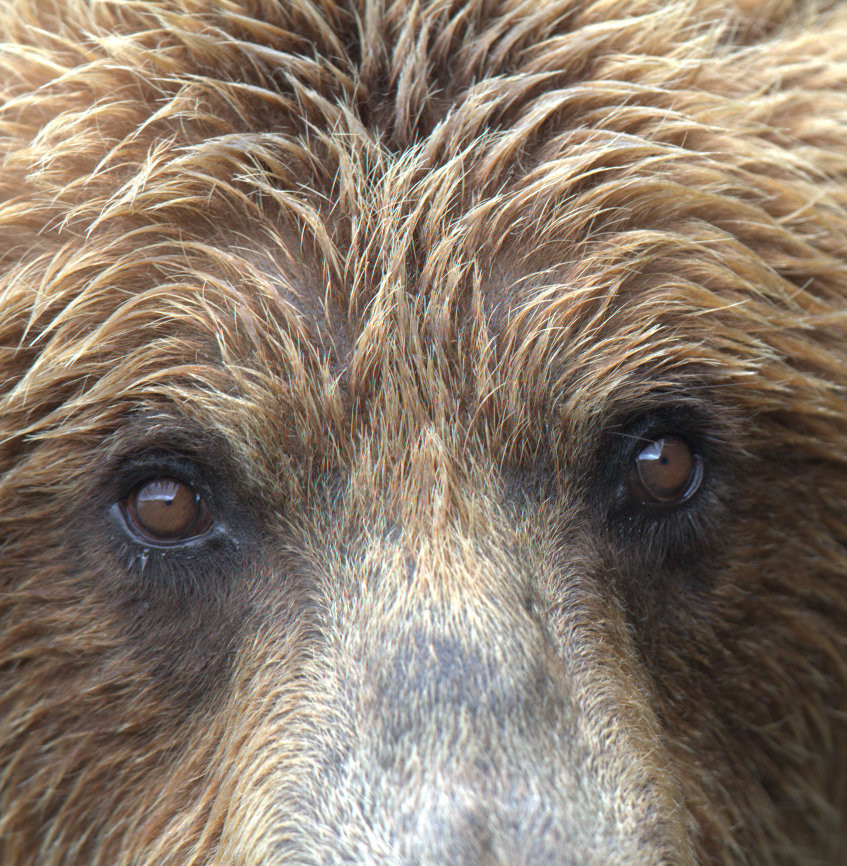This case study was originally published by the Land Trust Alliance at climatechange.lta.org. The site is intended to offer basic to intermediate-level guidance about climate change and conservation responses to the U.S. conservation community. Find more case studies here.
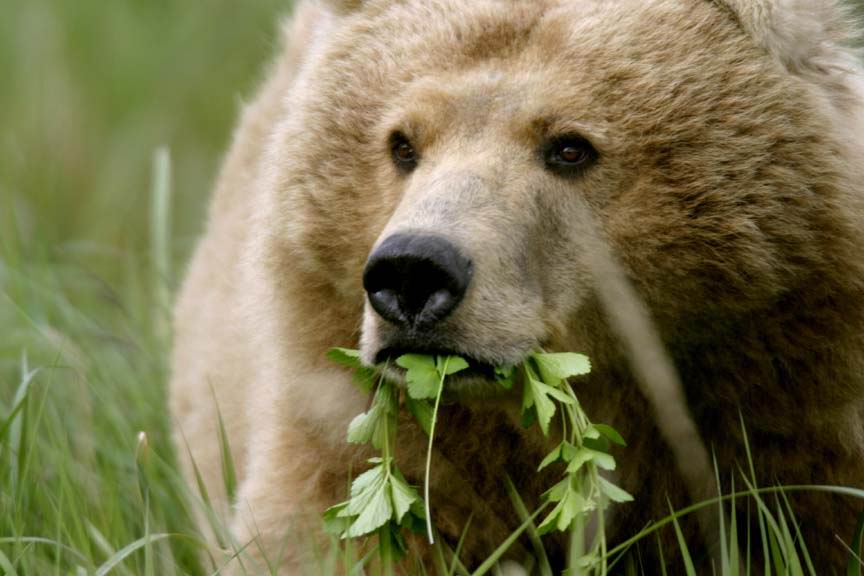
Climate Change and Connectivity
The need to integrate climate resiliency and wildlife connectivity considerations into land trusts’ conservation objectives has never been more urgent.
Protected areas like state and national parks and other public lands provide important habitat for species in the face of a changing climate, as well as the increasing human footprint as development and infrastructure occupy more of the landscape. As climate change and other factors further alter ecosystems, protected areas will become an increasingly critical habitat refugia for wildlife.
However, protected areas are not enough–corridors between protected areas are imperative for species survival. Corridors (natural habitat used by species) enable species to move between protected areas to fulfill seasonal or lifetime needs, find mates, and respond to changing landscapes conditions.
The need for habitat connectivity and corridors connecting protected areas applies to all species that occupy large ranges or that migrate during their lifetime. However, species that depend on a narrow range of habitat are at a heightened risk of impacts from climate change and have a greater need for habitat connectivity. With limited suitable habitat available, climate change effects on this habitat will further reduce available habitat for these species.
Work to restore migration corridors can increase the ability for species to become more climate resilient, and tolerate stressors associated with climate change.
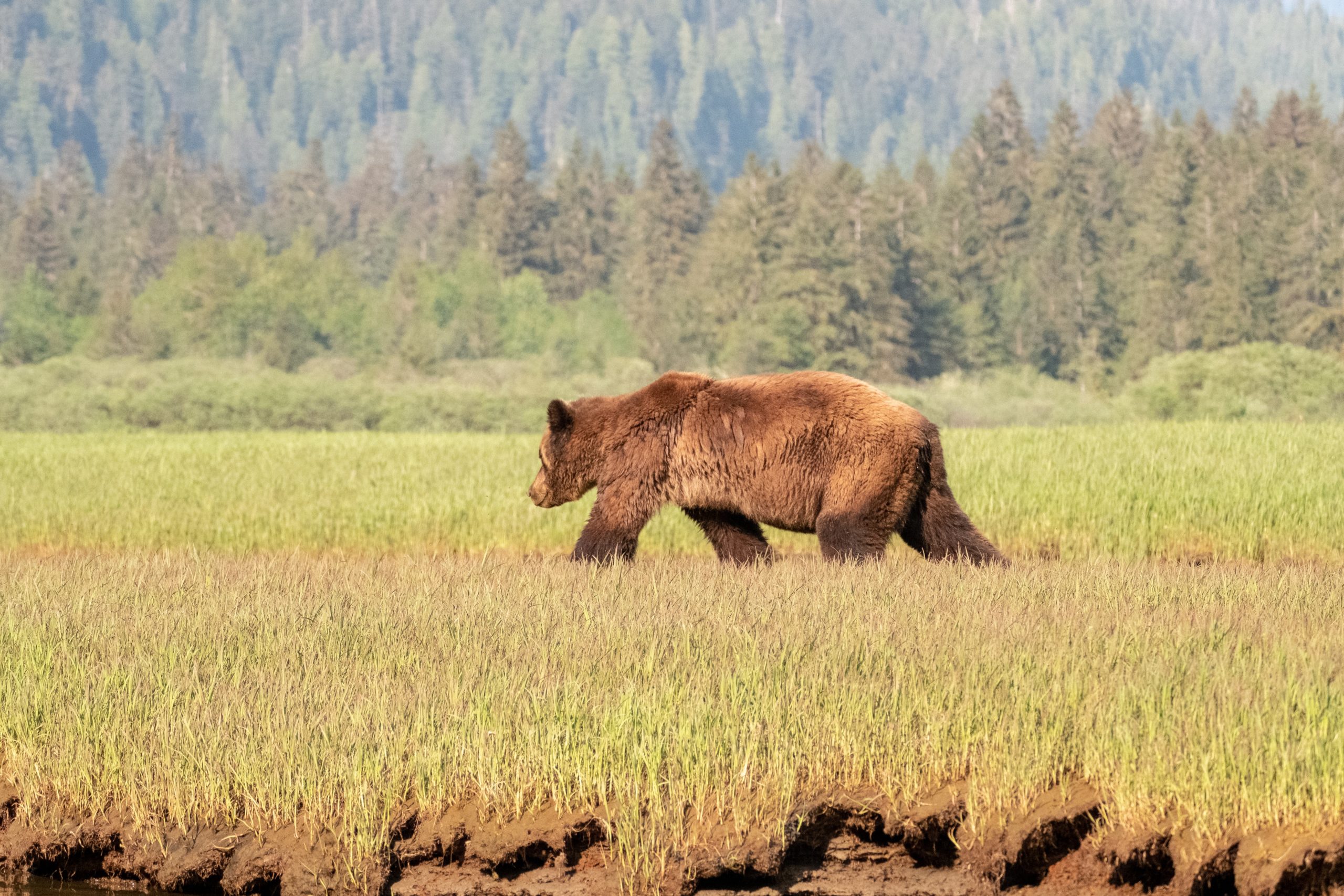
The Role of Land Trusts
Corridors between protected areas cut through diverse jurisdictional landscapes, and are made up of areas owned by different entities, each with different land management goals and objectives. Along with other state and federal lands, these areas often include small and large private land parcels. An effort to protect wildlife corridors must include efforts to engage and support private landowners in conserving habitat connectivity.
Private lands offer vital benefits to wildlife moving across landscapes. Some private lands provide access to important habitat by development or harmful uses, while others create additional barriers for wildlife to navigate such as fences that impede wildlife’s movement. However, when managed with climate and conservation considerations in mind, private lands can serve as a haven for species and contribute to climate resilience.
Land trusts can play a vital role in efforts to integrate private land into large landscape connectivity conservation. Land trusts serve as a bridge between landowners and other partners working to achieve habitat connectivity across broad and diverse landscapes. Land trusts can also help connect landowners to experts and information related to anticipated climate impacts, so that these lands can be managed to facilitate a more resilient landscape and a greater ability for wildlife to respond to climate stressors.
What’s Being Done
Increasingly, land trusts are helping to connect private lands with connectivity efforts across large landscapes. Either through landowner engagement or targeted acquisition, efforts to align private land management with conservation objectives create a more complete map of available habitat, enable species to access more habitat in a changing climate, and facilitate movement between protected areas and in new areas.
In the Heart of the Rockies region, Vital Ground protects and restores North America’s grizzly bear populations for future generations by connecting landscapes between protected areas, creating a network of corridors for grizzly bears, and supporting programs that reduce conflicts between bears and humans.
Vital Ground works to keep wild places wild, working lands working, and open spaces open—for the benefit of wildlife, people and communities. Their projects blend the conservation of grizzly bear habitat with the conservation of rural places and lifestyles. Vital Ground is pursuing strategic acquisitions and supporting public education efforts in areas that connect habitat in Washington, Idaho, Montana, and southwestern Canada.
Vital Ground’s recent work includes acquisitions, partnerships, and outreach. For example, along Montana’s Rocky Mountain Front, Vital Ground worked with a landowner to place an easement on a 650-acre ranch in an area grizzlies are only recently returning to. This easement will protect the ranch’s conservation value by ensuring future development doesn’t threaten this important habitat or the family outfitting and ranching operations. And by preserving this land, Vital Ground is helping to reduce the likelihood of bears accessing more developed areas where bears are more likely to run into conflicts with people.
Elsewhere, Vital Ground is working with partners to protect one of the last remaining linkage areas along Montana’s Highway 2 between the Purcell and West Cabinet Mountain Ranges in Northwestern Montana where a small population of grizzly bears continues to struggle with recovery. Vital Ground has been acquiring smaller parcels of land in a platted subdivision to ensure the wildlife corridor remains open for bears, elk and other animals to freely pass through.
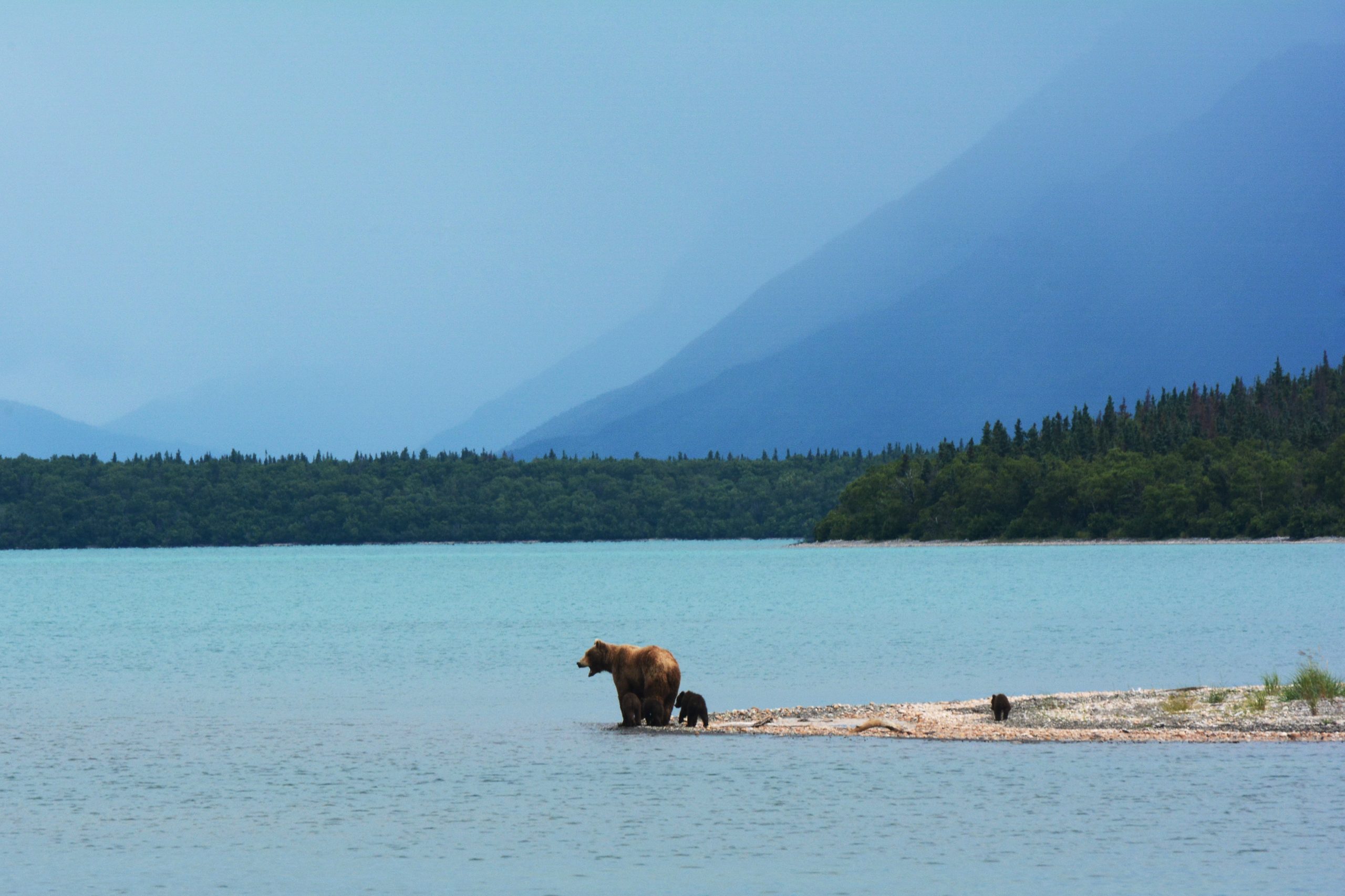
How They Do This
To accomplish this goal and achieve the landscape-level vision, Vital Ground integrates research, habitat models, and data into the prioritization of private land protection efforts. Through consultation with local wildlife biologists, they use best available science current and future models that anticipate the impacts of climate change on grizzly bear habitat.
Vital Ground then works with partners to connect this data with on-the-ground opportunities, and pursues projects that not only protect habitat that grizzly bears rely on today, but that will create a network of available habitat that grizzlies and other species will increasingly rely on as climate change alters currently-available or utilized habitat.
Vital Ground also works with landowners, and other partners to support co-existence measures on-the-ground. Through public education about living with grizzly bears and collaboration with community planners and agency partners to ensure development and high-use grizzly habitat don’t overlap, Vital Ground contributes to reduced bear-human conflict and a higher tolerance for living with grizzlies.
Outcomes
Vital Ground’s efforts have already had a tremendous impact across the region. To-date, Vital Ground has purchased over 1,500 acres of irreplaceable grizzly bear habitat, and engaged with a countless number of landowners on conservation and conflict prevention efforts. These outcomes have created a more connected landscape for grizzly bears, and contributed to a greater ability for these bears to respond to current and future climate impacts.
In addition, while Vital Ground focuses on grizzly bears, grizzlies are an umbrella species—meaning the work has a host of conservation benefits for many species. When land is conserved for grizzlies, it is utilized by a range of migratory animals including deer, elk, and moose. Smaller mammals, including pika and gophers, also benefit from the protection of grizzly bear habitat. Even plant species and riparian systems benefit when grizzlies thrive.
The cumulative impact of this effort are healthier grizzly bear populations, improved connectivity across the landscape for bears and other species, and a stronger ecosystem that is more climate resilient.
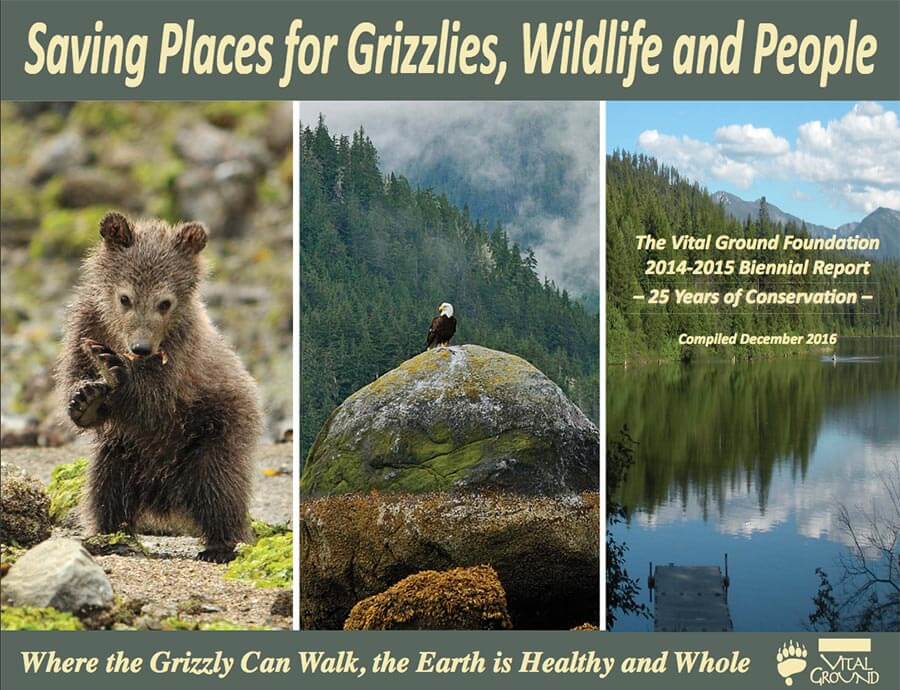
Lessons Learned
Drawing on Vital Ground’s example, land trusts can inform and identify opportunities to integrate private lands into species-specific or landscape-level conservation needs. Recommendations for land trusts include:
- Engage stakeholders: Land trusts can partner with local, state, and federal agencies, tribal wildlife managers, communities, and conservation groups to uncover community values, share data and best practices, and explore creative funding models.
- Prioritize land protection efforts in areas of known conservation value: Work with partners to identify areas of highest conservation values for species and ecosystems, to ensure that efforts have the greatest return-on-investment for species and ecosystems facing the greatest threats from climate change.
- Align efforts: Through partnerships, land trusts can ensure on-the-ground efforts align with other landscape-level projects and priorities, including those driven by regional or federal policies. In this way, conservation efforts can synergistically support one another, and contribute to a broader network of protected lands.
About Vital Ground
Mission: To protect and restore North America’s grizzly bear populations for future generations by conserving wildlife habitat and by supporting programs that reduce conflicts between bears and humans.
- Location/Size of Service Area: Washington, Idaho, Montana, and Wyoming
- Areas Protected: Since 1990 Vital Ground has helped protect and enhance nearly three-quarters of a million acres of land.
- Number of Staff: 8
- Year Established: 1990
- Website: vitalground.org
